
Finding Gardens in Portugal

Contributor
Spring 2025
Being a garden photographer, most of my friends and colleagues assume I am working when I travel but my wife and I decided to visit Portugal for pure vacation. By definition this means no work. Now don’t get me wrong, I do love my work, even though some may question why I call it a job, but hey, vacation means no work, no gear.
We chose Portugal for the European culture, the climate, the maritime history, the food, the port wine, and hoped to stumble across some gardens. I had been told not to expect much in the way of remarkable gardens, so, I made no plans to even bring my professional camera.
Naturally I did ask around for gardens to visit and I’m glad I did, because I would not have otherwise found the Serralves Foundation and its undeniably world-class garden outside Porto. We had chosen Porto for its historic small city charm, while also being ground zero for the port wine industry, and access to the Douro Valley (more below).
The Serralves Foundation is the contemporary Art Museum for Portugal, and the museum is set in an astounding garden with rotating displays and installations of world-renowned sculpture. For modern art lovers the contemporary art museum is worth its own visit, but any gardener will understand why the museum and the surrounding sculpture gardens were designated a National Monument in 2012
I admit, I was totally unprepared for the quality of the sculpture, and how beautifully they were integrated into the gardens, which made their discovery wandering through the many garden rooms even more delightful.

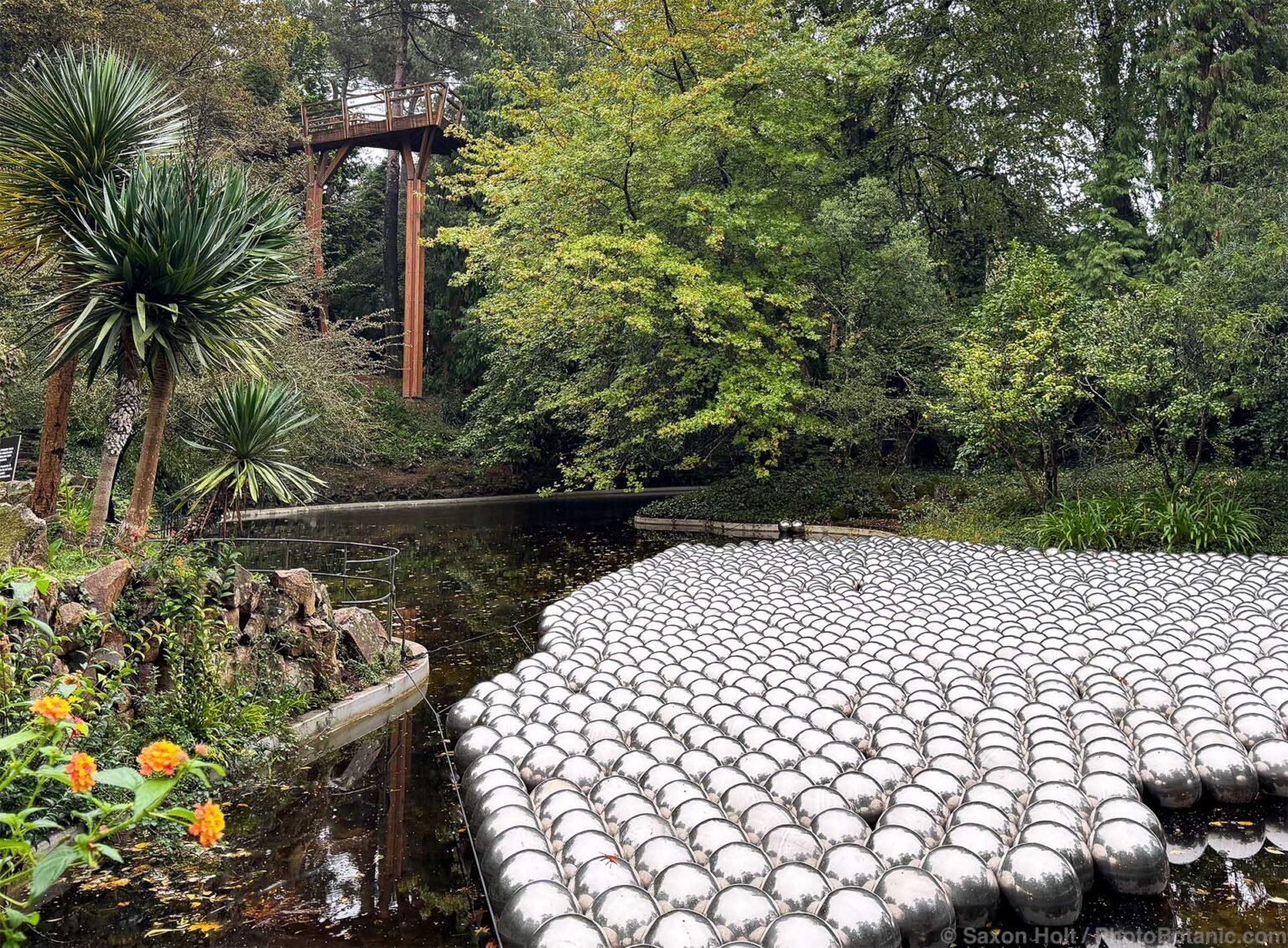
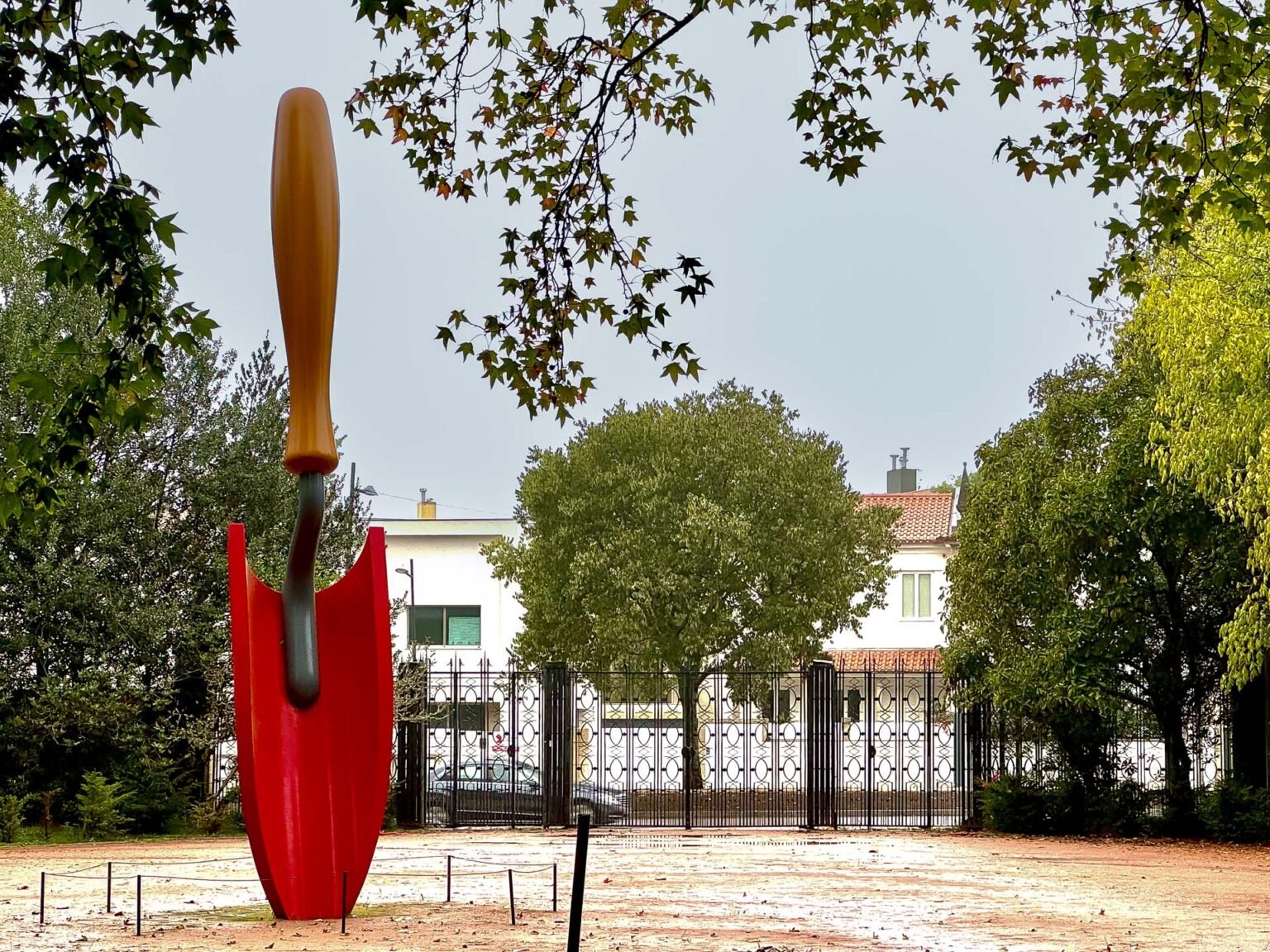
There is a wonderful tree-top boardwalk for a stroll through the canopy of the garden, a wonderful immersive experience among the trees.
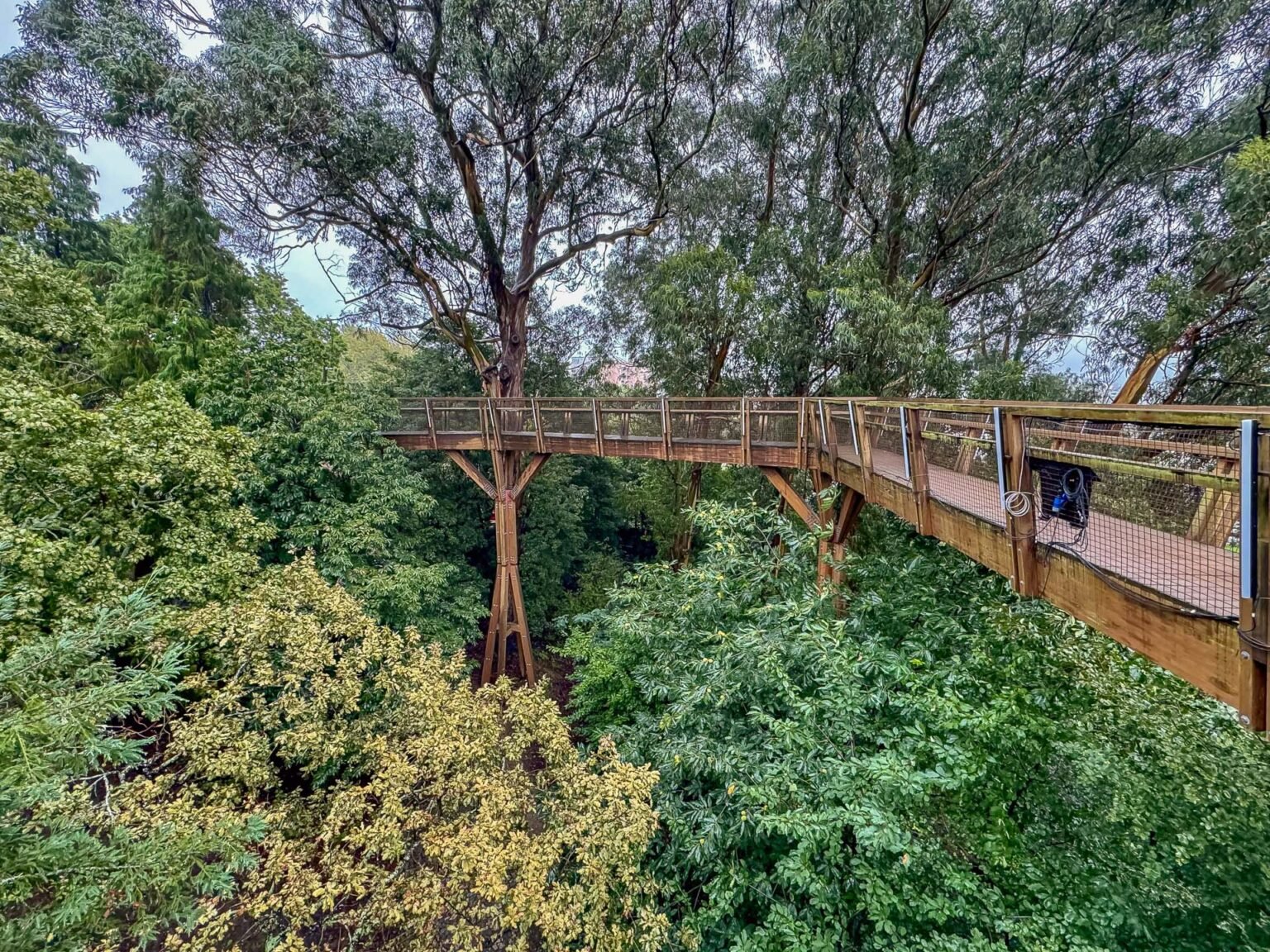
I would love to have had a gardener help explain what I was seeing down from the walk into the garden below but the perspective looking straight down into the garden gave this photographer some wonderful compositions.
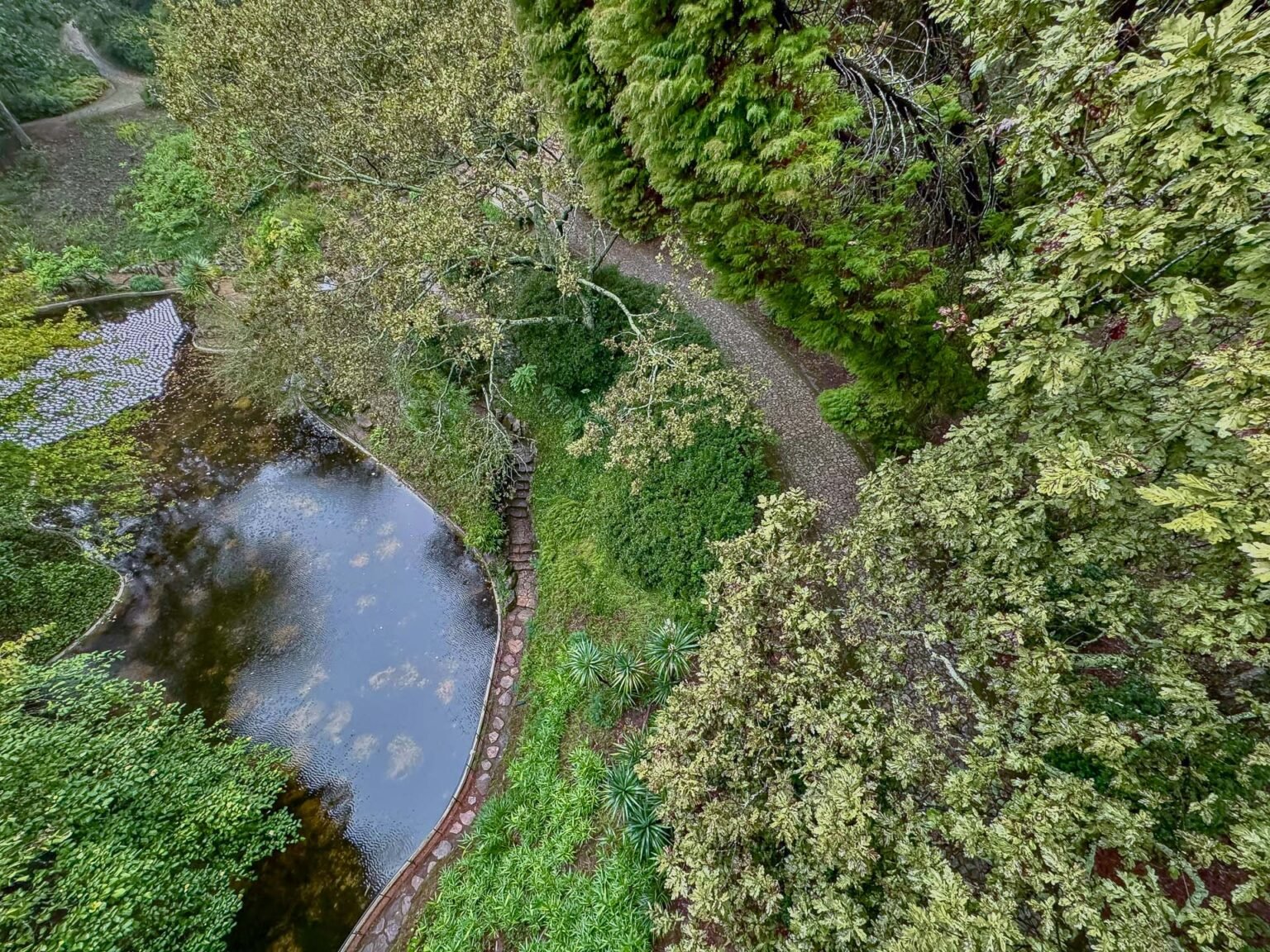
I could go on and on about this one garden, but this is only the first garden I stumbled on in Porto. No guidebook told us much about gardens of the Crystal Palace, a public park in the Masseleros district where our apartment was located.
I can’t tell you anything about the Crystal Palace itself but the gardens around it are a most pleasant municipal park, slightly disheveled with wonderful views across Porto over the Douro River to Vila Nova de Gaia, the port capital of the world.
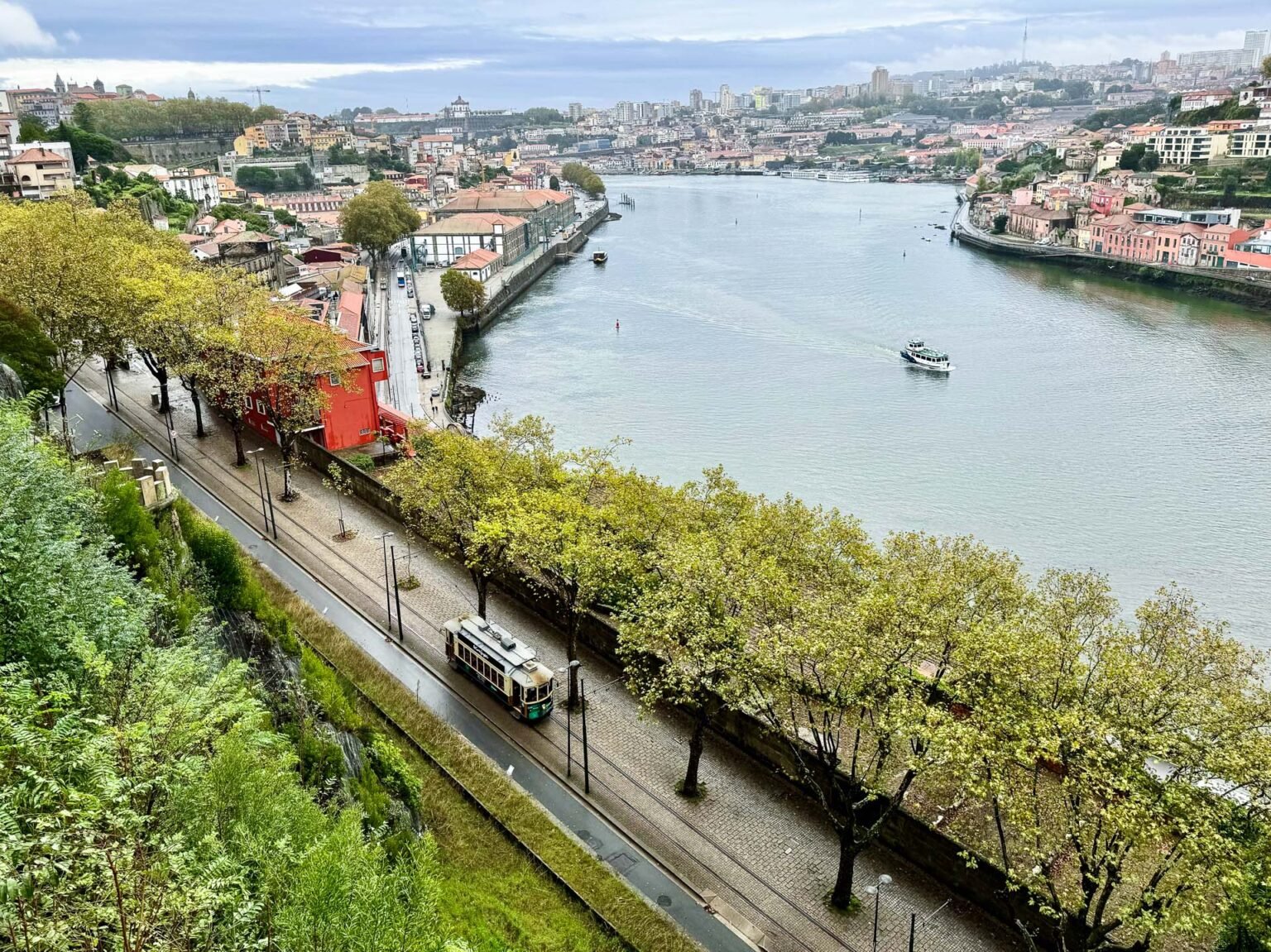

It was total good luck that the park was in our part of town, and even more wonderful that there was an old cobblestone walkway, Caminhos do Romantico, behind our apartment through the Massarelos neighborhood up the hill to the park.
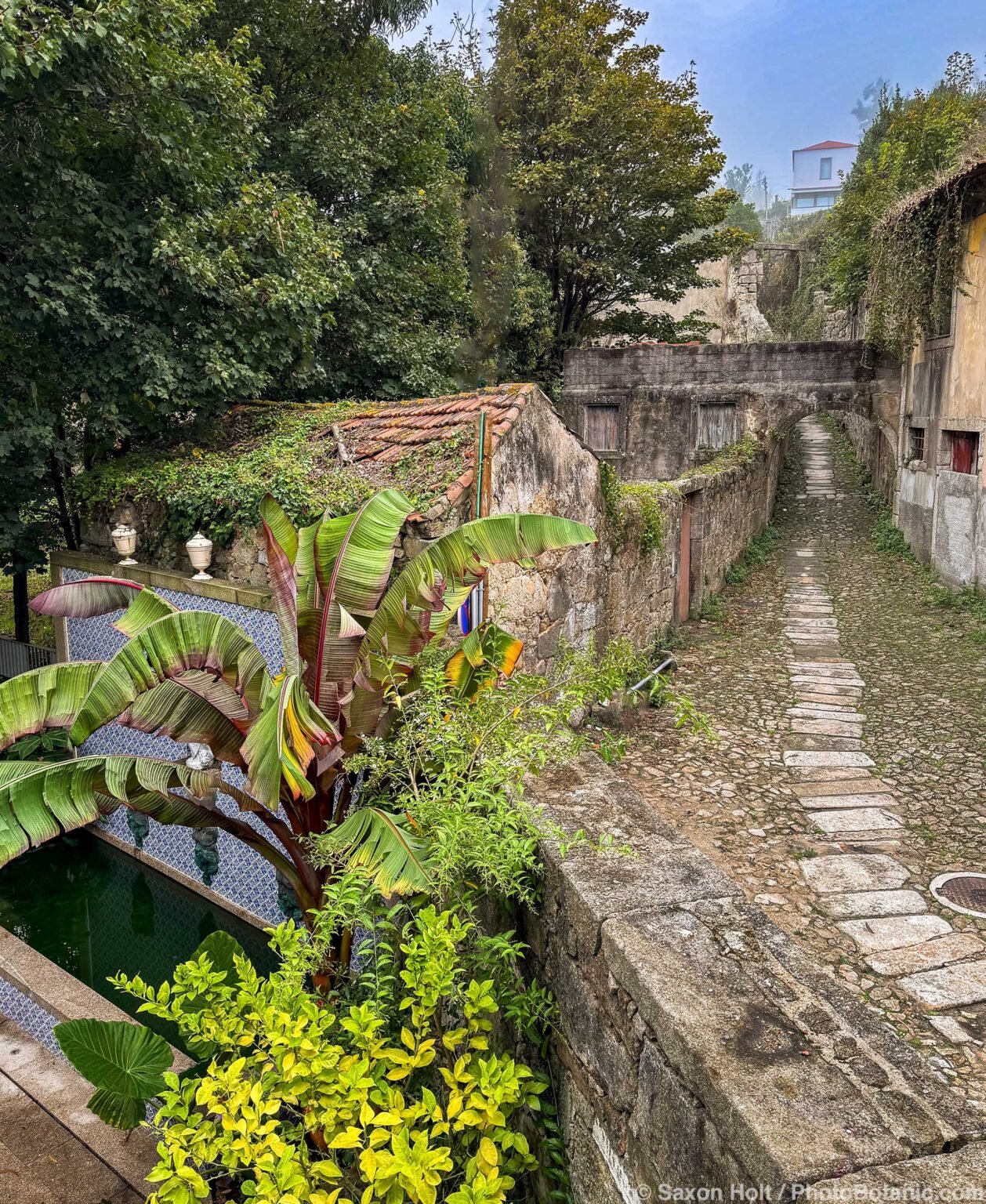
I suppose all cities have parks that serve mostly as green spaces for locals with picnic tables and plazas, obscure paths and quiet corners. As a visitor I found this somehow comforting, a similar feeling I get in the less used parts of Golden Gate Park in San Francisco. A fun place to find nature in the city.
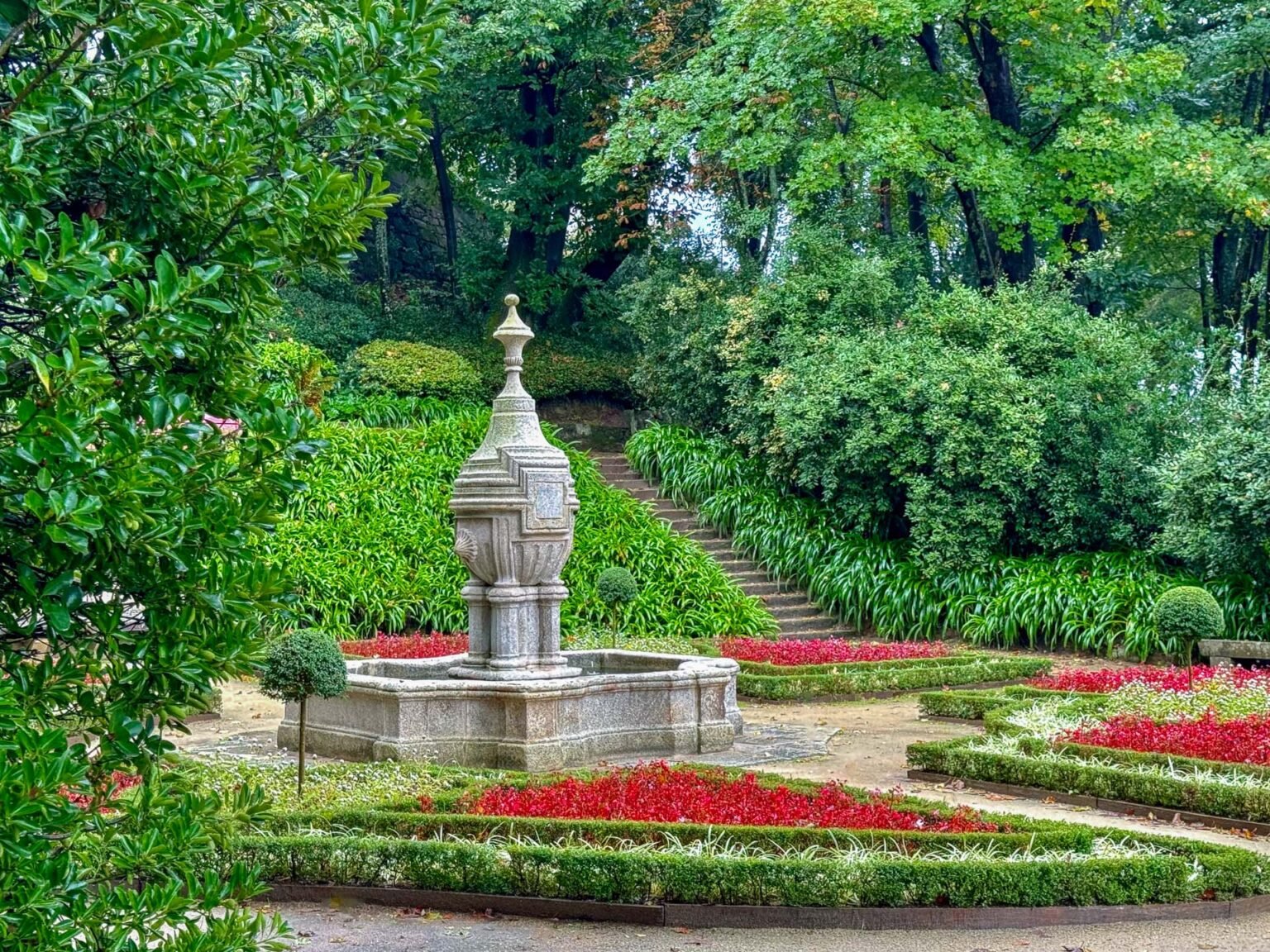
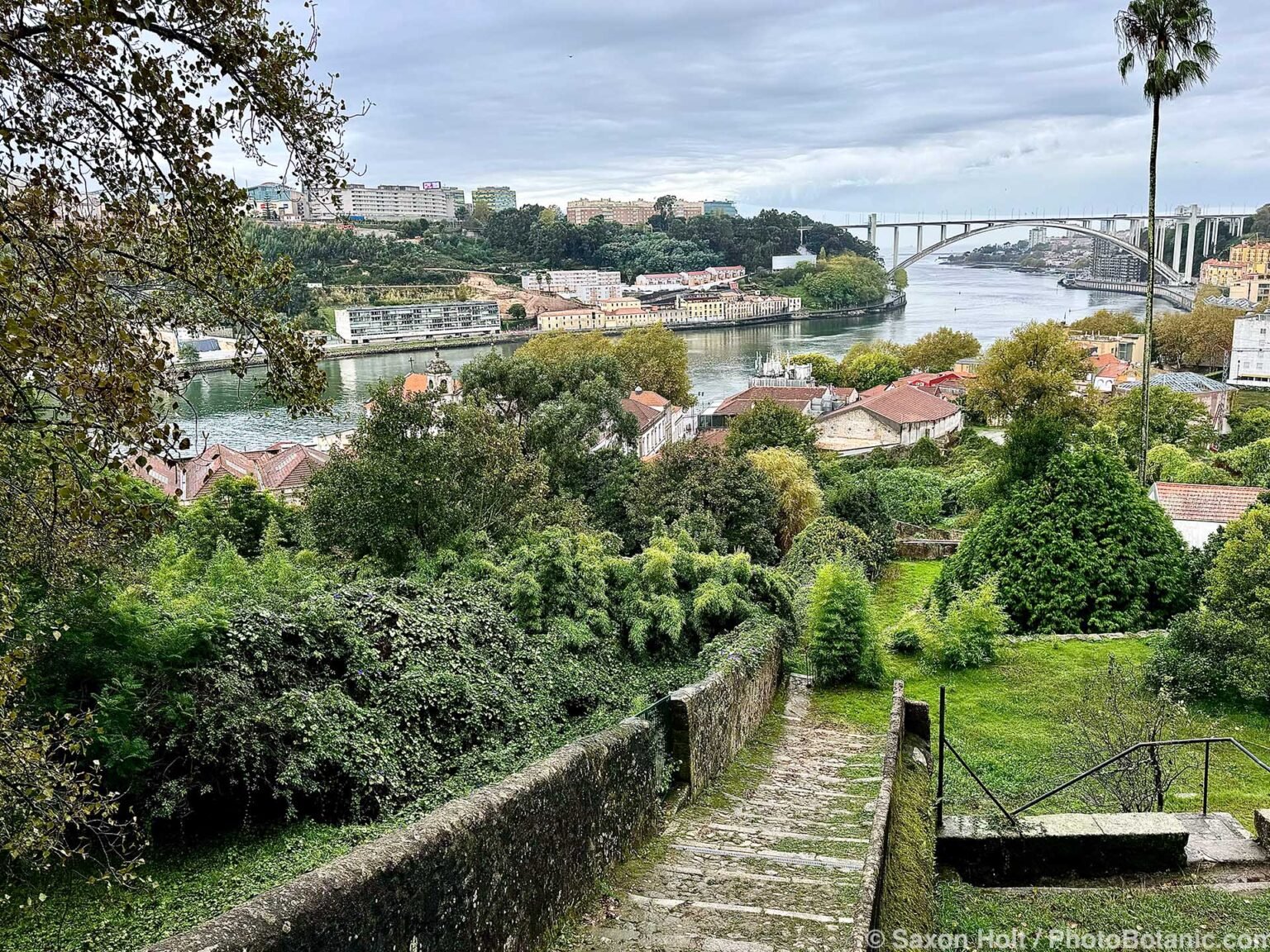
From Porto we went up the Douro River, the wine country and home of all port wine. The Douro Valley is a UNESCO world heritage site because of the hundreds of miles of dry stack stone walls as retainers for the many terraced vineyards.
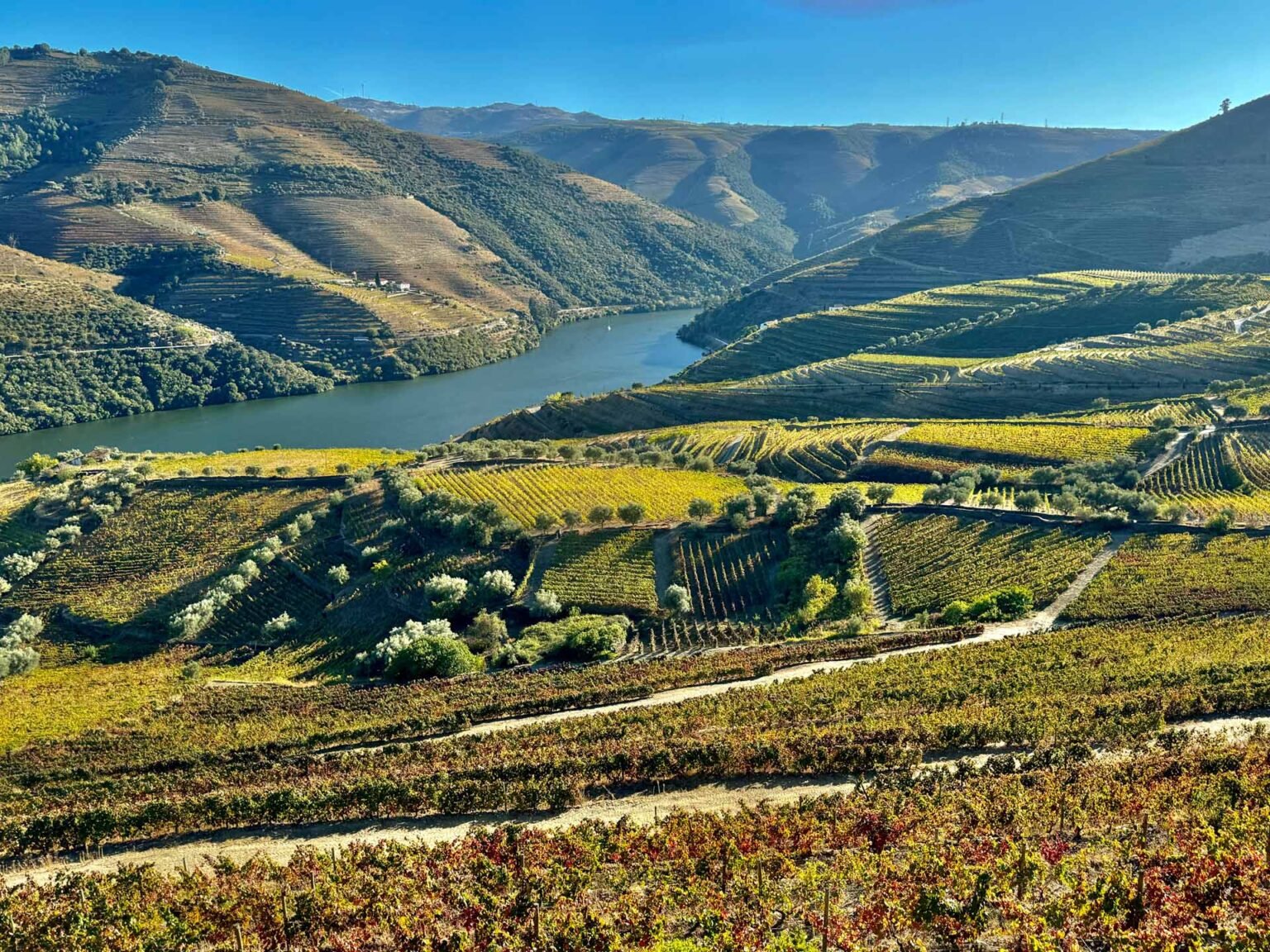
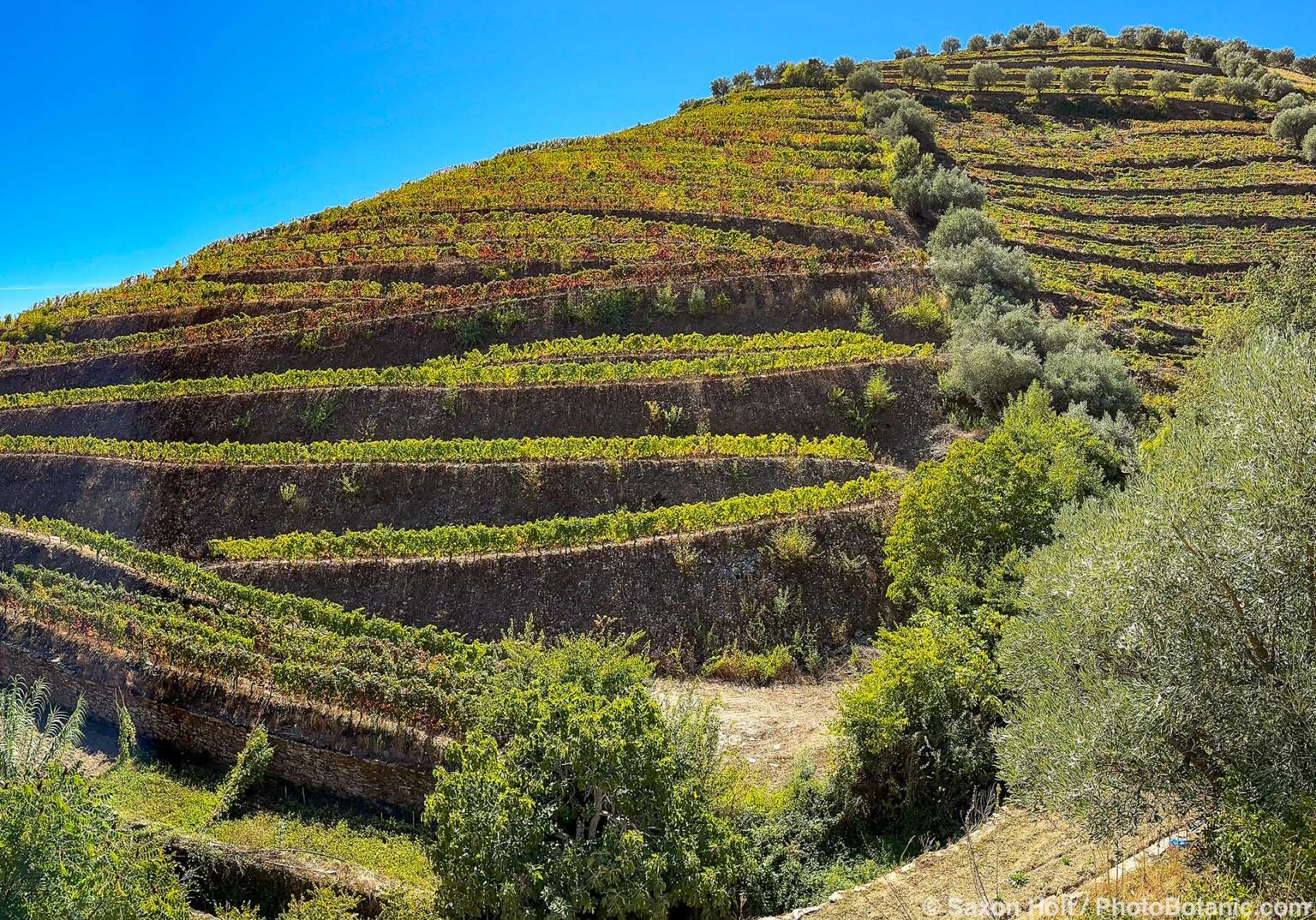
We stayed at a small, secluded inn in a very small village, and I was certainly not expected this would be the one place I wish I had my professional camera to do a photo story. The grounds were intimate and immaculate. The setting was, well, this:
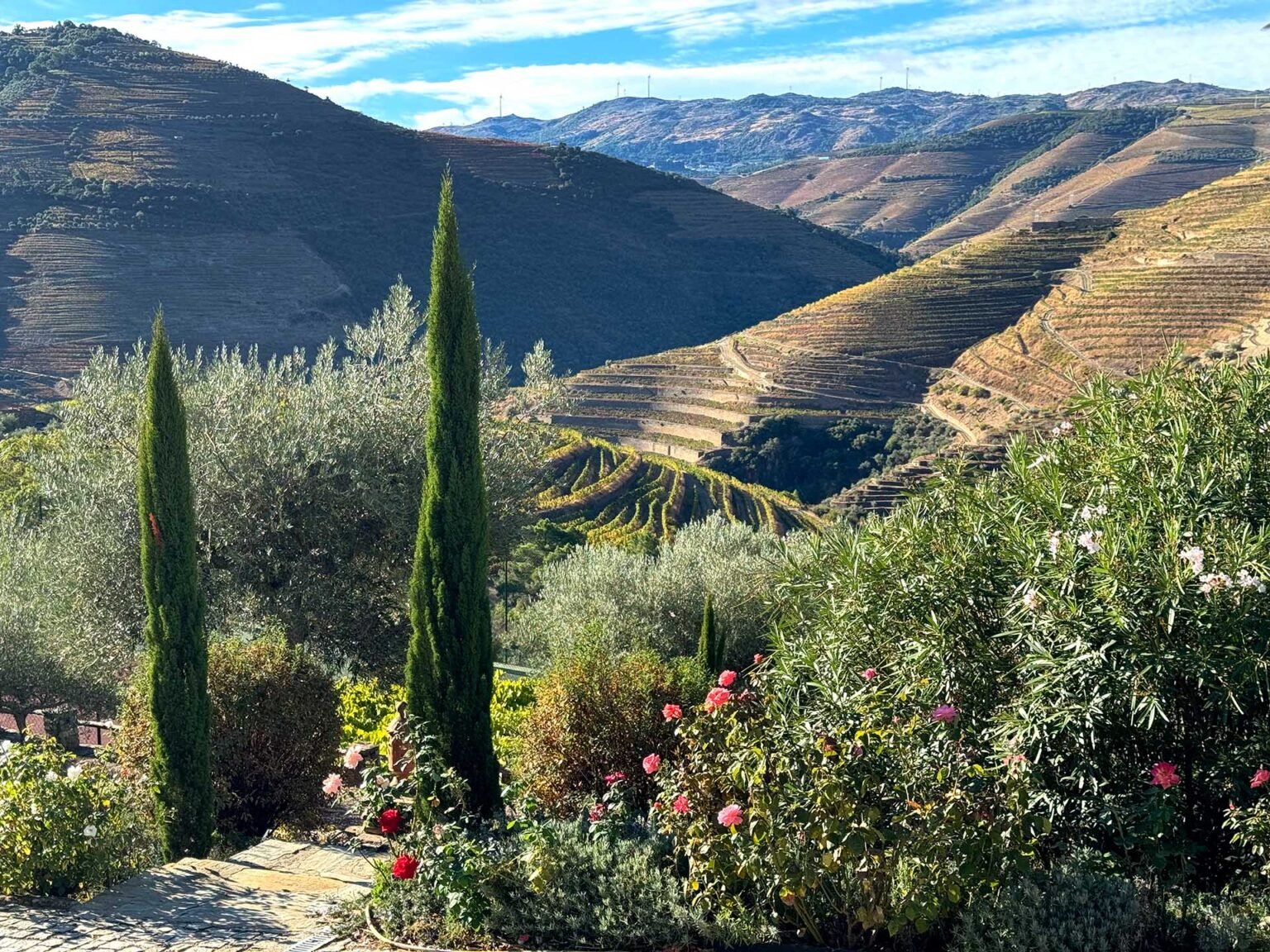
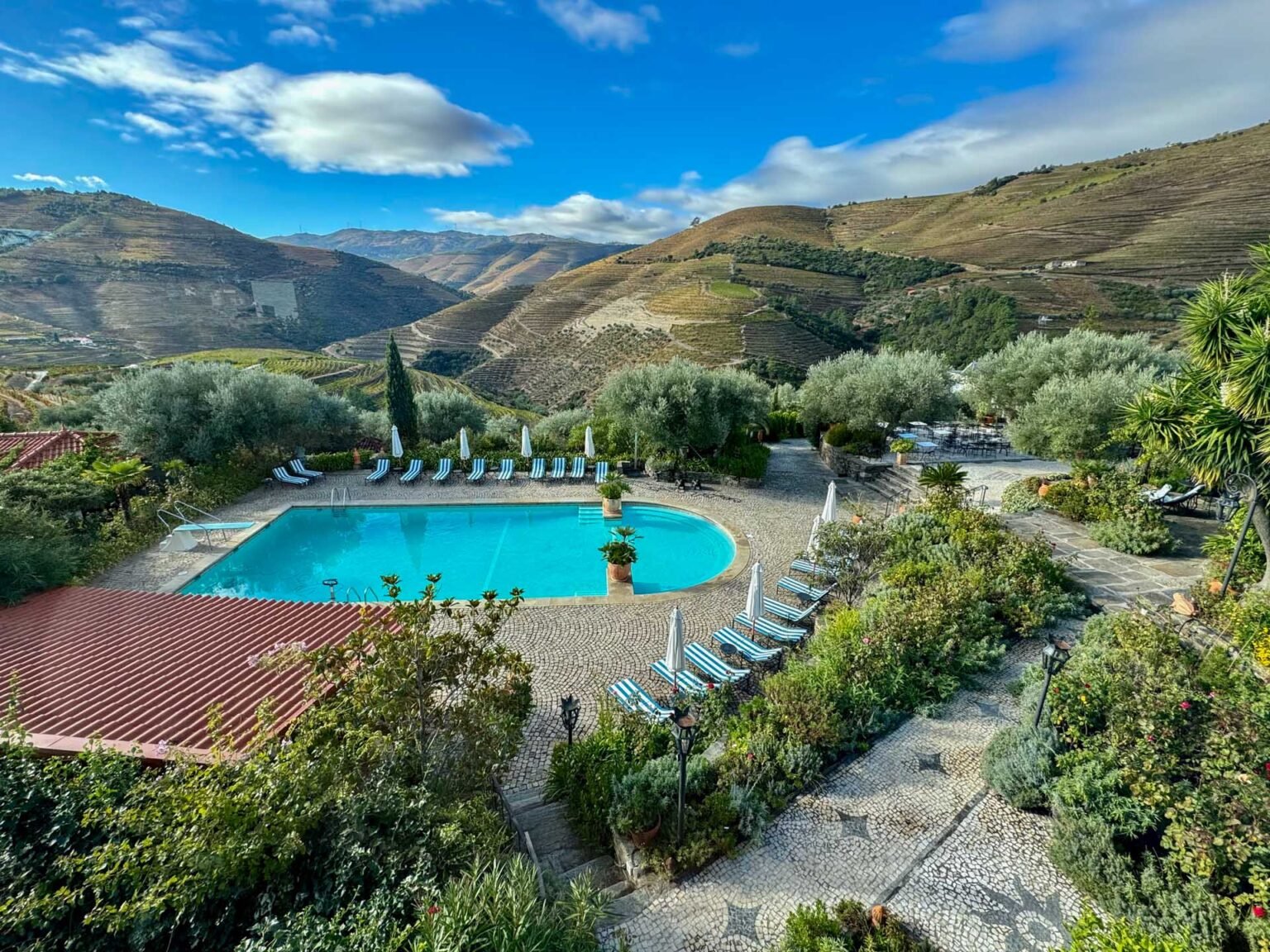
On the West Coast we are used to using mediterranean plants in our various summer-dry climates but often those plants look out of place among our natives. But not so in mediterranean Portugal. Our California native fan palm (Washingtonia robusta) looks right at home with this combination of olive tree and rosemary, flanked with Portuguese native Oleander.

Lisbon was our third stop, a city full of history. The Great Lisbon earthquake of 1755 (magnitude 7.7) nearly destroyed the entire city, but much was rebuilt and streets were widened; except in the old city and Alfama district where we found our favorite restaurants and the narrow cobblestone streets a delight to explore.
The only garden we discovered was surrounding the Gulbenkian Museum, but the garden was not much our visit in late September. However, we did spend a day in the town of Sintra, a short train trip from Lisbon (catch the first train!), which is on every list of places to visit.
The estate gardens at Quinta da Regaleira are fabulous and full of whimsy with towers, grottos, and secret passages.
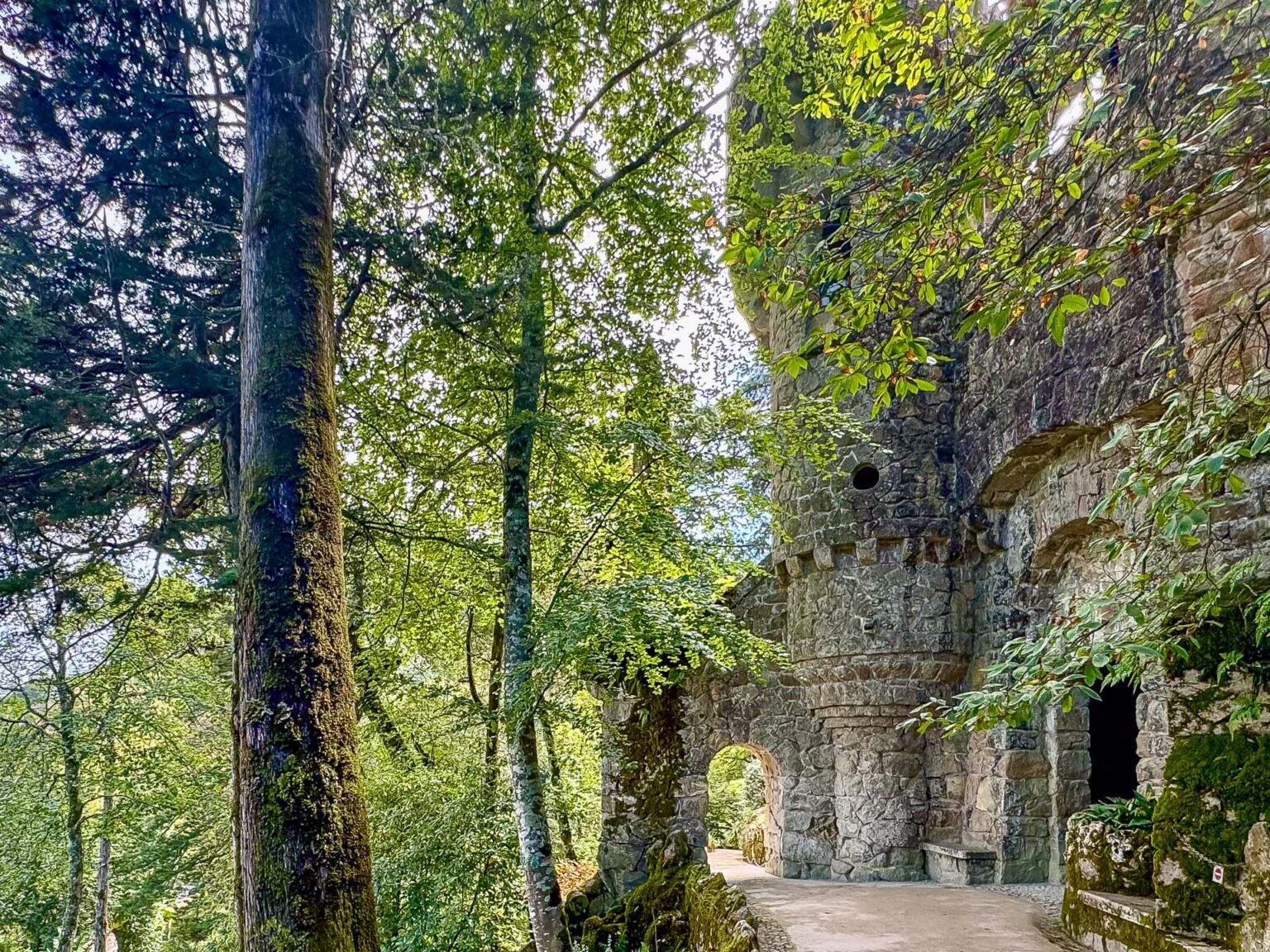

One unmarked path went up and down through a cave, completely dark which required the flashlight on one’s phone. I don’t think a public park in the United States would do that.
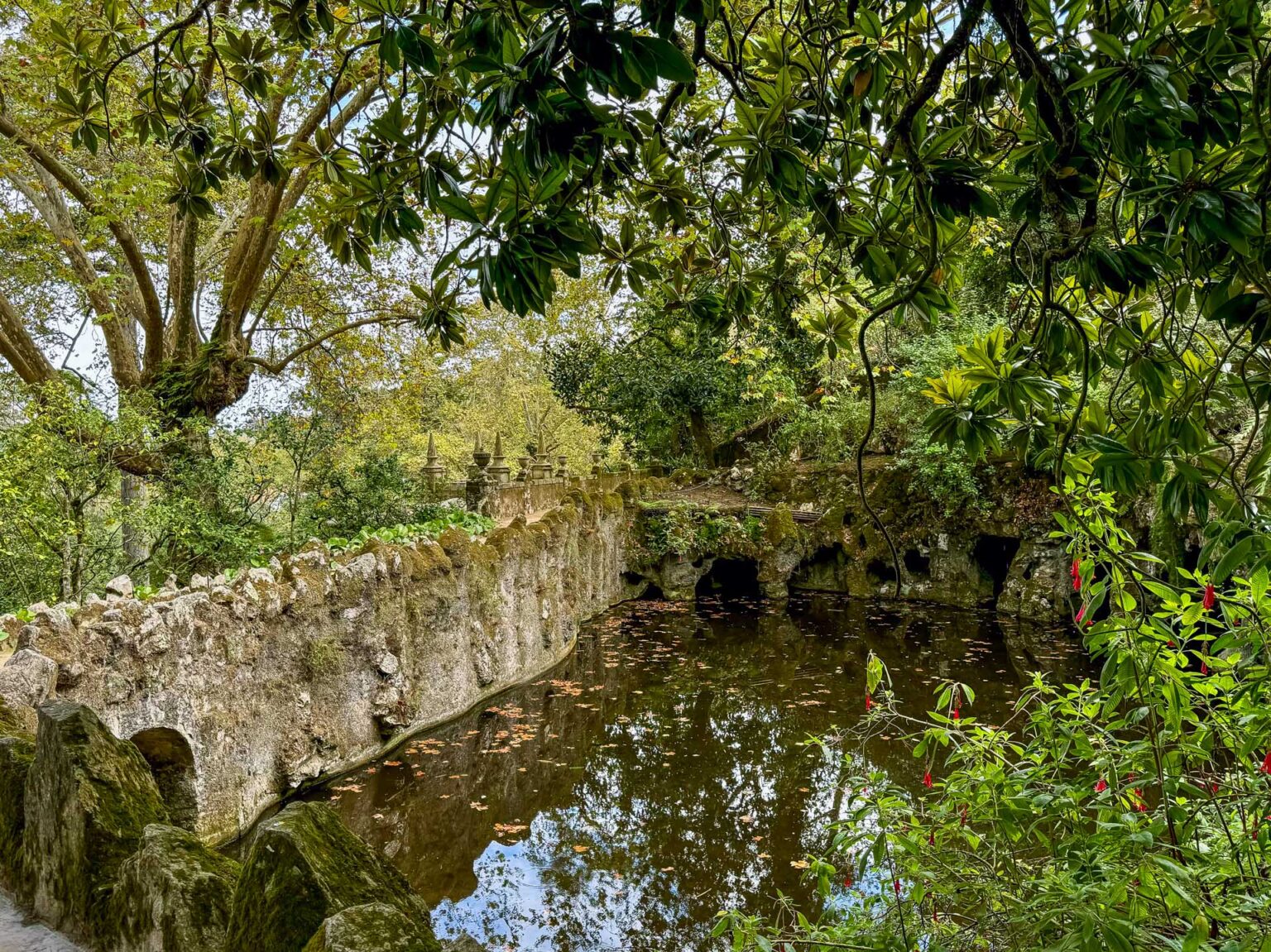
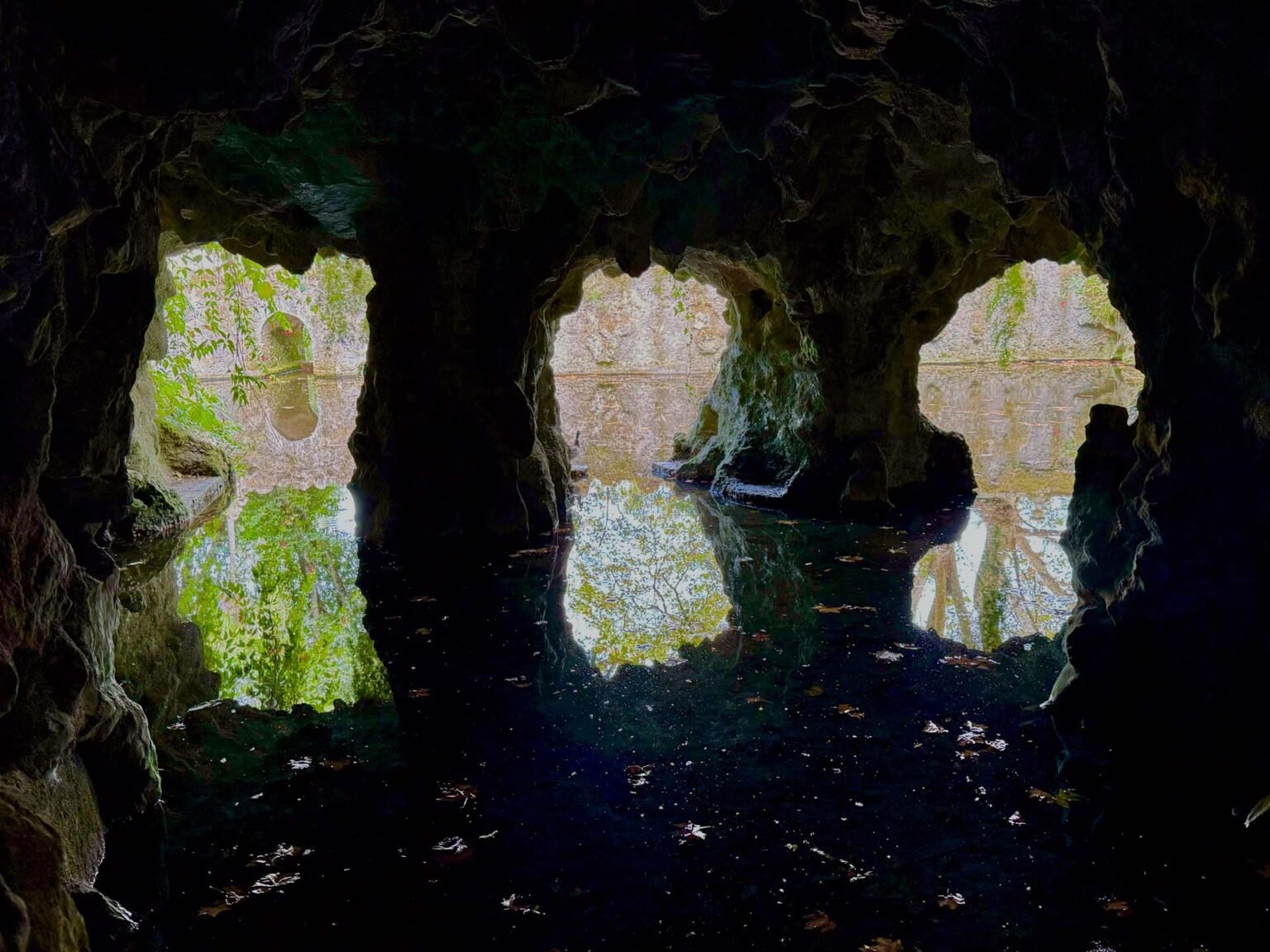
Many hours are needed to explore the gardens Quinta da Regaleira (skip the house tour) and I’m glad this was our first stop in Sintra.

There are several other sites in this charming town, and we only had time to visit Pena Palace, a fairy tale castle to some folks but the long lines with timed admissions were not worth the time to this gardener. There was a remarkably interesting succulent garden around the palace, though the Agave and Aloe seemed out of place.
We loved being tourists in Portugal and were glad we got to see the big cities and get a feel for the rich culture and history. But we are highly likely to go back, and having done the cities, will seek out the countryside.

Inspired to find your own adventure?

Check our Pacific Horticulture Tour Offerings
May 2025: South of France
June 2025: British Columbia
October 2025: Morocco
April 2026: Greece
May 2026: Chelsea Flower Show
Visit our Tours Page Today!





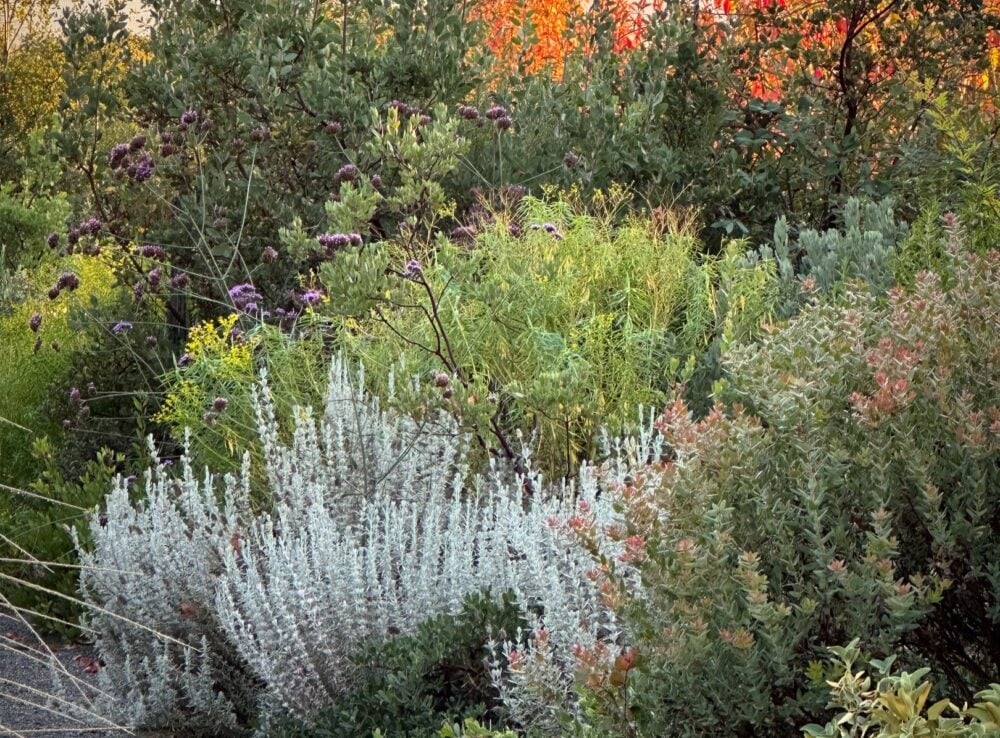
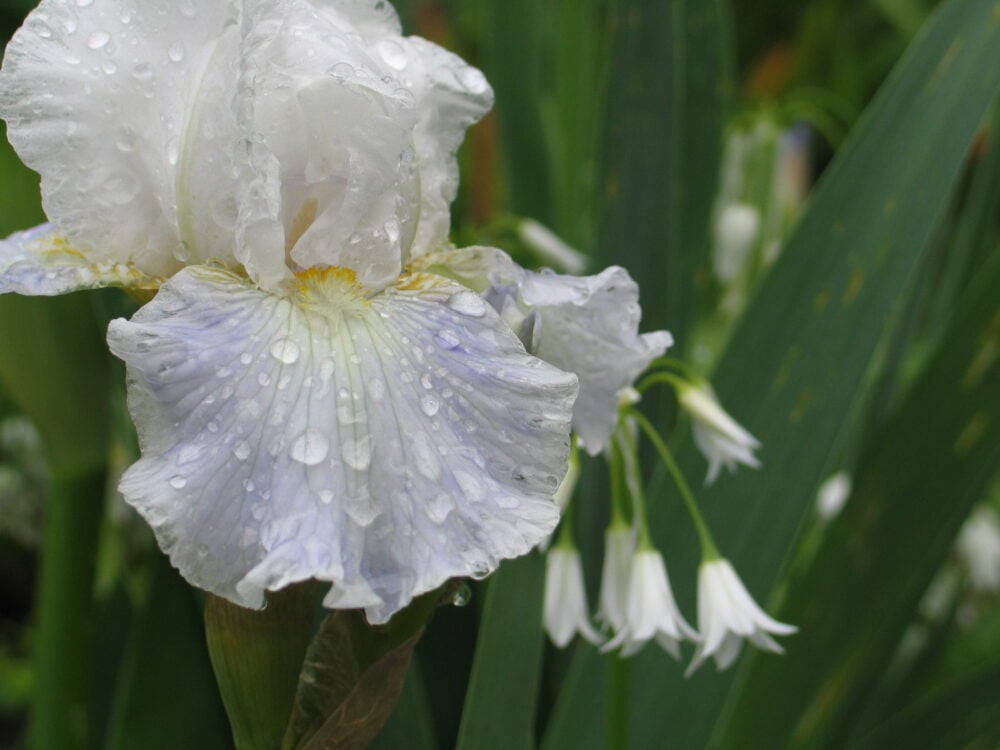
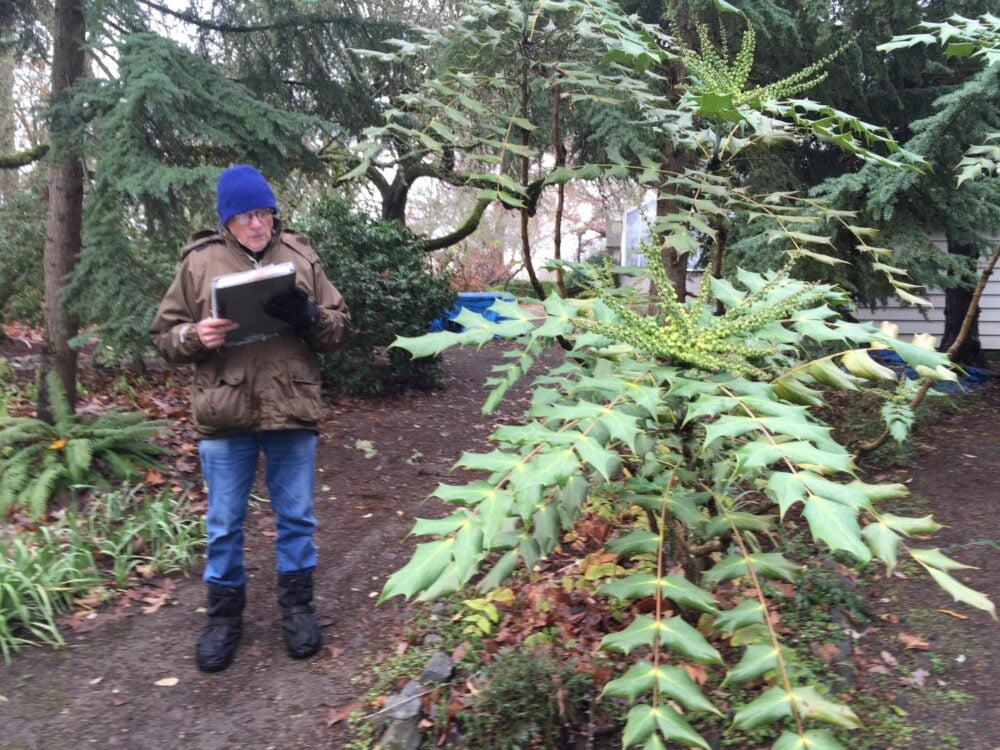



Responses